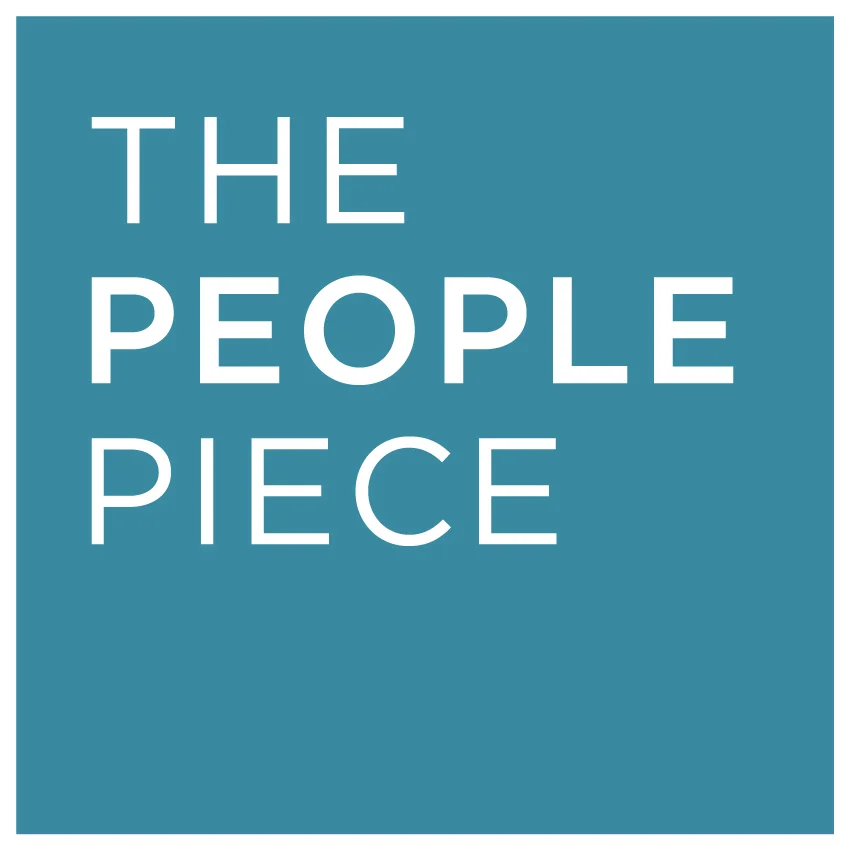Weave Your Organization's Timeline
Organizations are often future-focused. Yet taking stock of the past can be a powerful way to generate the mutual understanding and alignment that effective forward motion requires. It can even break down any silos, resentments, and misunderstandings.
We recently brought together 50 senior-level leaders at a growing, 20-year-old digital ad company that has doubled in size year over year for the past 3 years. This was the first time that these leaders had been in the same room together, and more than half of them had been at the company for 3 years or less.
Faced with the range of tenure and experience in the room, and committed to unifying this leadership group in starting together from common ground, we knew this was a unique opportunity to help the group ‘start where they are’. In order to achieve this, we knew we had to give them an opportunity to tell their history and share their stories.
Write your timeline, tell your story
Here is how we engaged this organization’s leaders to tell, and therefore understand, their collectives story. We call it a ‘Timeline’ exercise. You might try the same approach with your team or organization.
1. CREATE THE TIMELINE
Identify time periods for the timeline exercise, and the people assigned to them.
Depending on the size of the group, the timeline can either be populated in a large group or small groups. With the example above, we had leaders arrange themselves by tenure and then they self-identified into small groups based on particular time periods in the company.
2. FILL OUT THE TIMELINE AND TELL THE STORY OF A PARTICULAR ‘ERA’ IN COMPANY HISTORY
In small groups, participants populate the timeline of each era with successes and breakthroughs, setbacks and challenges, and other important historical events, telling stories along the way. It can be helpful to use different colored markers and above/below the line indicators for different events: i.e., successes in green, above the line; setbacks in red, below the line; other events in blue.
3. IDENTIFY AND ENGAGE TIME TRAVELERS
Engage newer leaders as ‘time travelers’ who travel back in time and participate with their longer-tenured colleagues, engaging them with curiosity and questions to understand what it was like in the past.
4. TELL THE STORY TOGETHER AS A WHOLE GROUP
With the whole group together, encourage each era to tell their story. Encourage reflection on what made the successes possible, how challenges were overcome, and the lessons learned. Identify what has changed, and what has remained the same. Allow space for curiosity and conversation.
The Impact of Telling Our Story
The benefits of knowing our history can be far-reaching and profound. As stories are told by the people who experienced them, connections are fostered and meaning is built.
‘Elders’ sharing their ‘war-room stories’ reflect on what they have overcome in the past, about hard times and good times, realizing the value and importance of all of it. Past challenges put current challenges into a different light, realizing in retrospect that ‘the last time we thought the house was burning down, it all ended up ok.’ Newer team members often emerge filled with a sense of gratitude and respect for their longer tenured colleagues.
Specifically, reflecting on the past and generating a shared narrative can help to:
Provide the opportunity for collective celebration, grieving, and laughing
Breathe life into the past through the telling of captivating stories
Unearth important context for dealing with current realities
Create a collective sense of identity and purpose
Clarify what has changed, what is changing, and what needs to change
Name what has endured, rooting people with a sense of embodied values
Gain a collective sense of where we currently are, and how we got there
While lasting organizational change requires the development of new capacities, new ways of thinking, and new ways of doing things, true strategic transformation has a greater chance of succeeding when it is informed by the lessons, struggles, and triumphs of the past.
Ty Hammond is a leadership, executive, and organizational development trainer, facilitator, and coach at The People Piece.
Want to develop your organization's people?
Our engaging training and coaching programs help values-based organizations like Whole Foods, Pinterest, and Solar Mosaic develop their leaders, managers, cultures, and teams through a tailored approach that focuses on skills and fits with company culture.
Get in touch to learn more about our programs and set up a time to connect.





